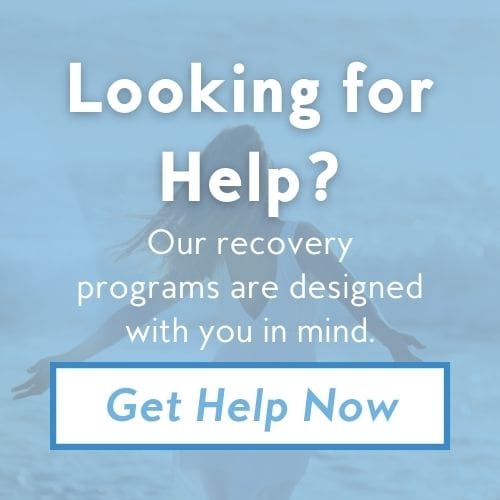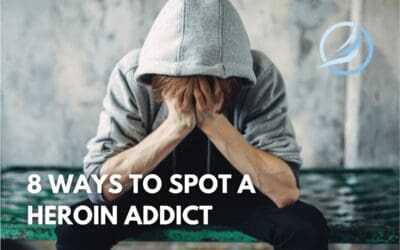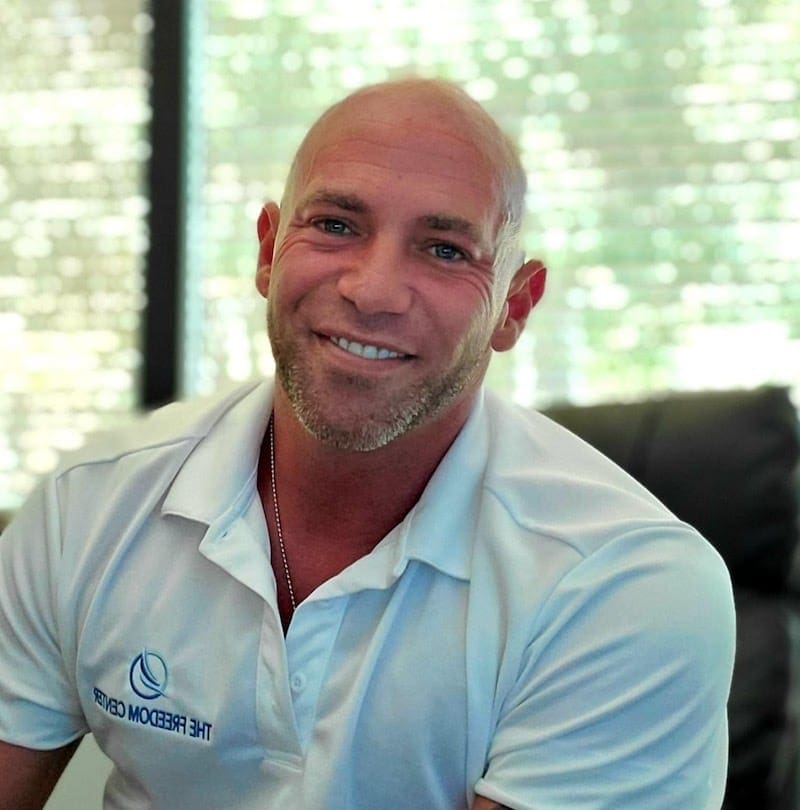How Bad Is The Problem: A Short History
The heroin crisis in Maryland and in the United States officially started at the beginning of the 2010s decade. Before heroin, the opioids causing intoxication and overdose cases the most were prescription opioids, but even then, they were one of the factors that triggered the heroin crisis. After OxyContin came to the market and was wrongfully advertised as less addictive than other options in 1996, many people became addicted to it. By 2001, as safer options were produced, such as versions of opiates that were harder to crush and turned into powder, heroin became of great interest for its similar chemical effects.
Numbers started increasing dramatically in 2010, and the heroin crisis truly peaked in 2016, as 1212 deaths were reported in Maryland – almost 500 more than the year before. From 2010 to 2015, the cases of heroin-related deaths more than tripled in the state, and if 2016 is taken into account, the numbers increased five-fold in just 7 years. By then, Baltimore City had been deemed the “heroin capital” of the U.S, accounting alone for around $165 million of the $27 billion national industry.
By 2017, heroin-related deaths started becoming less frequent as fentanyl became more popular all over the country and the state, and partially because of an increase in addiction treatment for heroin in Maryland. That is not to say the scenario got much better since many counties were still reporting high numbers. Even though heroin had only the second largest number of deaths and intoxication, it represented about 47% of substance-related deaths in the state of Maryland.
Current General Facts
There have been changes in the heroin crisis scenario since its beginning, but the numbers are still quite alarming in general, especially considering that the third wave of the opioid crisis has already begun now that synthetic opioids are the main culprit. Even if there are addiction treatment options for heroin in Maryland, having both heroin and fentanyl influencing communities so strongly is a deadly combination.
As of 2018, although fentanyl was the biggest killer in the drug market in Maryland, heroin was the third most lethal substance in the state in terms of deaths caused. It was surpassed by cocaine for the first time. Deaths caused by heroin or a combination of heroin with other substances (87% of cases of which were fentanyl) made up about a third of all intoxication deaths in the state.
It is quite common for drugs to be mixed in with fentanyl to make them seem more potent, and this happens often with heroin. Cases of fentanyl-laced heroin being sold and causing accidental overdoses have become more common in Maryland. Additionally, in the first quarter of 2019, more than 80% of victims of alcohol-related deaths and 80% of cocaine-related death victims also had traces of opioids in their system.
Who’s Most At Risk?
In order to understand who is at risk of addiction and how to seek addiction treatment for heroin in Maryland, it is important to first understand how heroin acts on the body. Heroin is part of a class of substances called “opioids”, which work by influencing the opioid receptors in the brain, popularly referred to as “pleasure receptors”, and modifying how it perceives pain. This is what gives the body its high, especially since opioids act directly in the brain to affect the entire body.
Demographically speaking, men are almost three times more likely to die from heroin-related overdoses than women, even though the number of deaths has been going down quicker for men than women. When it comes to race, a larger part of victims are white: from the three ethnic groups of victims considered, 64% were white, 32% were black, and only 2% were Latino. As for age, reported cases of lethal overdoses have been almost equally reported for people between the ages of 25-34 (200), 35-44 (196), and 45-54 (205), but the group with the least decrease from 2017 to 2018 were ages 35-44. Location-wise, people in the Baltimore Metro area are the most at risk, both for numbers reported and for the fact that they are more easily influenced by nearby states because of easy access.
Besides demographics, other factors that put people at risk of becoming addicted are psychiatric traits. 6 out of 10 people suffering from addiction also live with another mental illness, such as depression or bipolar disorders – these are considered dual-diagnosis patients. Additionally, family history can also affect how someone relates to and experiences the use of certain substances, and that includes heroin.
How to treat it
Heroin addiction can bring on many side effects even in short-term use. Because it is highly addictive, it doesn’t take long before a user starts to become intolerant to the substance, needing more and more each time to obtain the same high. Quitting suddenly will bring on withdrawal symptoms that can peak as soon as 24-48 hours after the last dose, which can be:
- Fever
- Heroin cravings
- Mood swings
- Nausea, vomiting, diarrhea, and stomachaches
- Insomnia and restlessness
- Anxiety
- Excessive production of bodily fluids (sweating, tearing, runny nose)
- Physical aches, spasms, and sensitivity to pain
- Cold flashes and chills
Once someone has experienced withdrawal symptoms, the next step of the addiction treatment for heroin would be to get medical and psychiatric help in order to adjust to a normal, healthy lifestyle. This part of the process can be done through outpatient treatment programs, although the service setting would depend on the level of attention a recovering addict might require. It has been proven effective in using other tools in addition to therapy and medication, such as group sessions or group counseling in order for one to feel emotionally supported and less alone. Other methods such as exercise and nutrition plans, coaching on vocational skills, and even holistic treatments like yoga can improve general health and, consequently, mental and physical health more efficiently – so the body and the mind can be aligned and focused on the same goal.
Risks surrounding heroin abuse
Along with the risk of addiction, there are many things that will damage a user’s health in the long run that goes beyond withdrawal symptoms or risk of overdose. Heroin abuse as it is can bring on several effects after long-term use:
- Liver disease
- Increased tolerance
- Collapsed veins
- Chronic constipation
- Depression
- Kidney disease
- Heart infections
- Infertility (in women)
- Miscarriage
- Diminished sex drive
These dangerous symptoms are just some of the common denominators among many cases, but they are not the only ways heroin can seriously diminish someone’s health or quality of life. Through the use of heroin, one can be exposed to several problems that can be long-lasting.
When injected, heroin can cause infections if paraphernalia is not properly sanitized, which can become serious depending on the degree and the type of infection. Problems caused by such use can go from sepsis to flesh-eating bacteria or necrosis, which might require amputation. Heart infections are not rare, either. Besides infections caused by bacteria, there are a number of viruses to worry about that can be spread through the use of dirty needles or by sharing them. Serious diseases such as hepatitis C or HIV are transmitted through blood, and many people are not even aware they might have it.
If inhaled, the constant presence of heroin in the respiratory system can hurt the mucus membranes in the nasal area, putting one at risk of infections or other respiratory complications like losing the sense of smell. Once the tissue is too damaged, holes can start to form in the septum or facial sinus cavities. Lung infections and diseases can be expected as well, especially if the person suffers from other respiratory problems such as asthma.
Brain damage has been often reported in studies after long-term use. Heroin can deteriorate the white matter in the brain, responsible for decision making, regulating response to stress as well as behavior in general. Just as seriously, it can cause hormonal, neuronal, and/or chemical imbalances that cannot be easily fixed. If suffering from other psychiatric illnesses, these imbalances can make matters worse, making it harder to even medicate and treat other disorders such as depression.
You Can Get The Help You Need
No matter what phase of your heroin or other opioid addiction you might be in, you can still get the help you need. We at The Freedom Center offer you programs that will allow you to get your life back together as you transition from detox into full recovery. Getting back into shape might seem scary or difficult, but it won’t be if you have the right team by your side.
Among many of the services we provide in our Intensive Outpatient and Partial Hospitalization programs, our professionals help patients by going above and beyond through therapy, process groups, counseling, teaching vocational and life skills, exercise, nutrition, and even legal aid for those who might be going through legal processes because of their addictions. Visit our website to find out more and contact us today. Our staff can answer all your questions so that you can make the decision that will turn your life around and far away from addiction.
References:
https://bha.health.maryland.gov/OVERDOSE_PREVENTION/Pages/Data-and-Reports.aspx

































